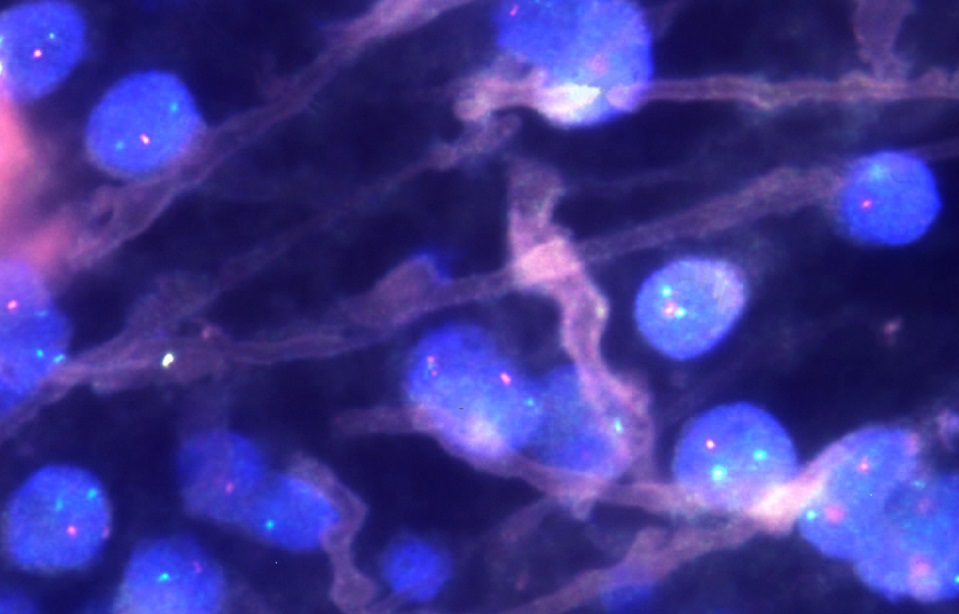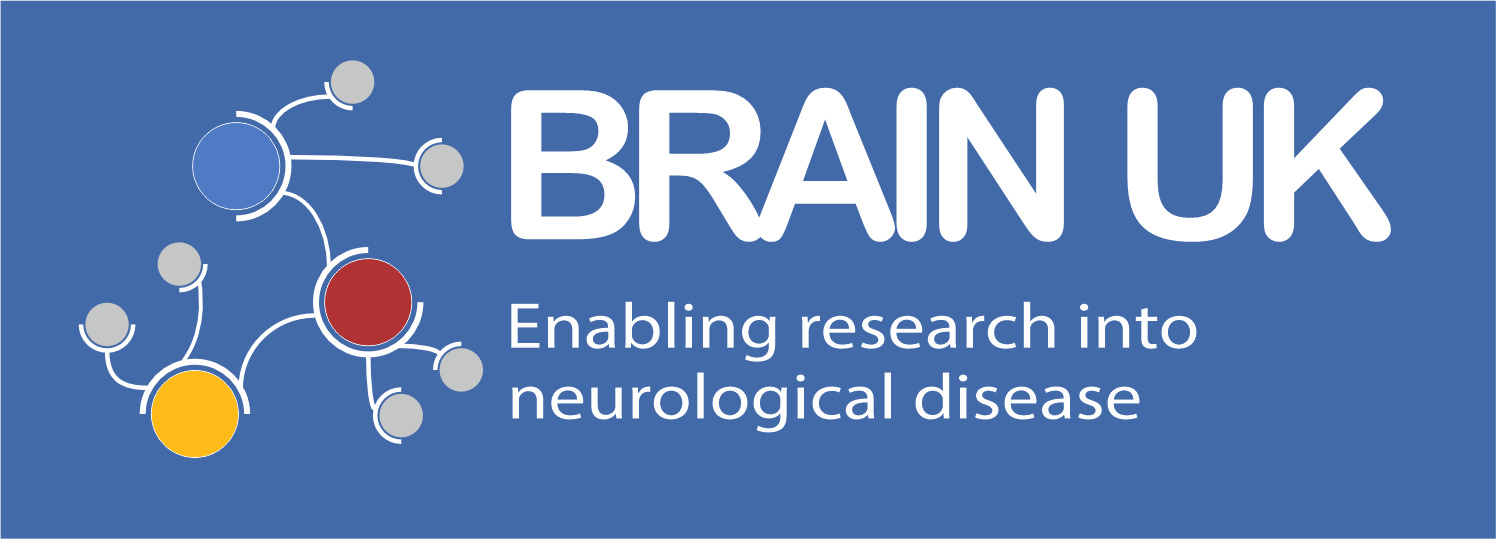
Brain UK study ref: 20/006,
Lay summary,
Project status: Closed
Validation of diagnostic antibody for supratentorial ependymoma on human tissue sections
Prof Richard Gilbertson, CRUK Cambridge Institute
Ependymoma are the third most common brain tumour in children. They occur in the brain and the spinal cord. Originally, these were thought to be one disease, but it has been shown that they need be divided into different subgroups, according to where the tumour is, how they behave and their biology. These differences suggest that the subgroups need to be treated as different diseases, including also different forms of treatment. However, so far the way we diagnose and treat ependymoma are limited. The most aggressive subgroup of ependymoma shows an abnormal particular fusion protein that joins two independent genes – C11orf95 and RELA. This protein can be a molecular marker for cancer cells as it is not present in non-cancer cells. We have previously developed an antibody that can bind to the protein of interest in a test frequently used to diagnose in the clinic. This test is called immunohistochemistry (IHC). It involves staining tumour tissue to look for diagnostic markers such as the ependymoma fusion protein. In order to prove that our antibody can be used for these tests, we want to test our diagnostic antibody on tissue sections of patients previously diagnosed with ependymoma. This accurate diagnostic tool holds great promise to transform the management of patients with supratentorial ependymoma.
